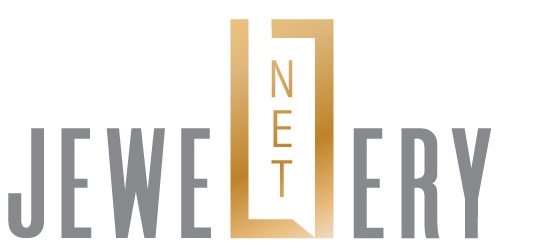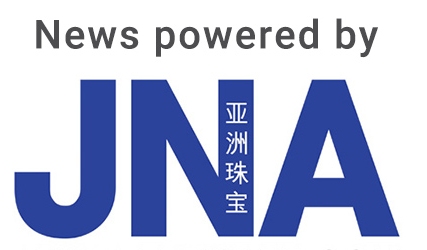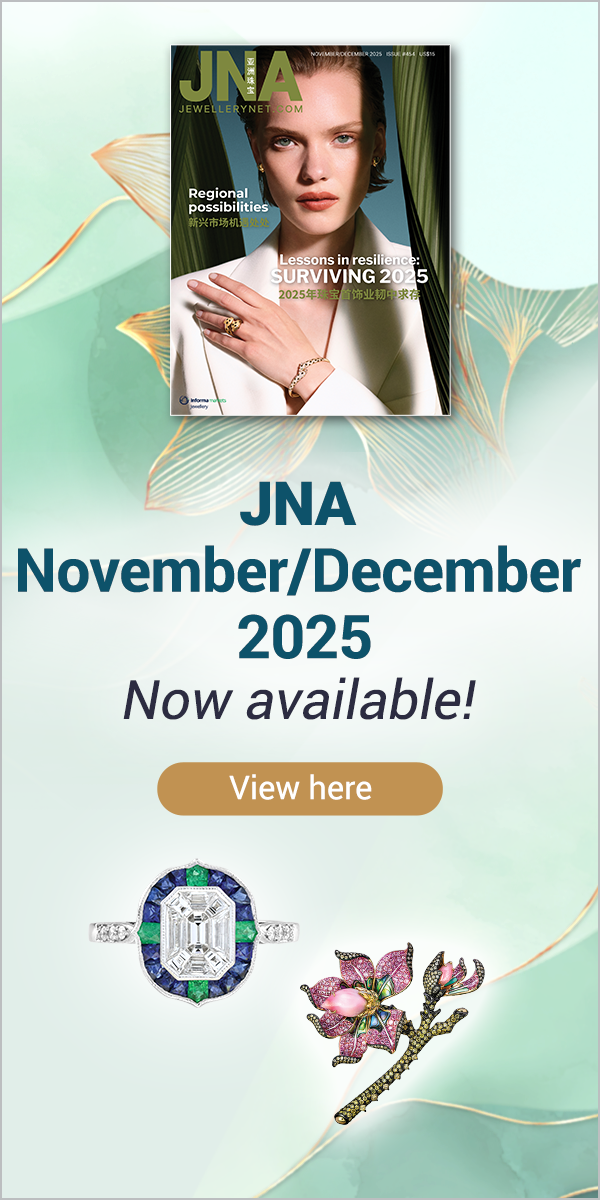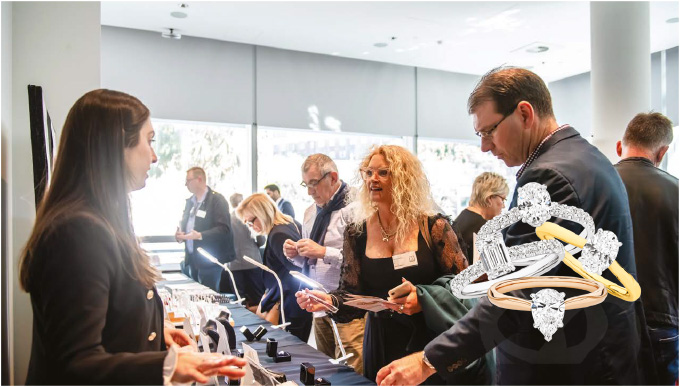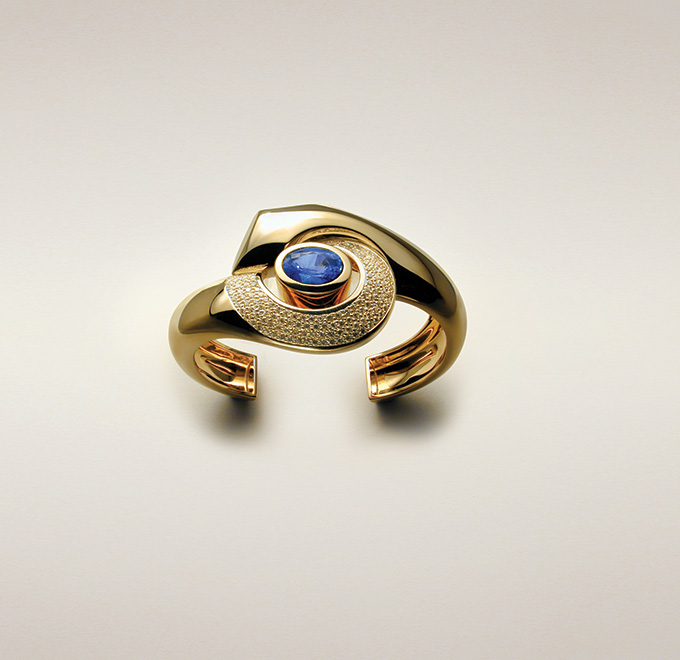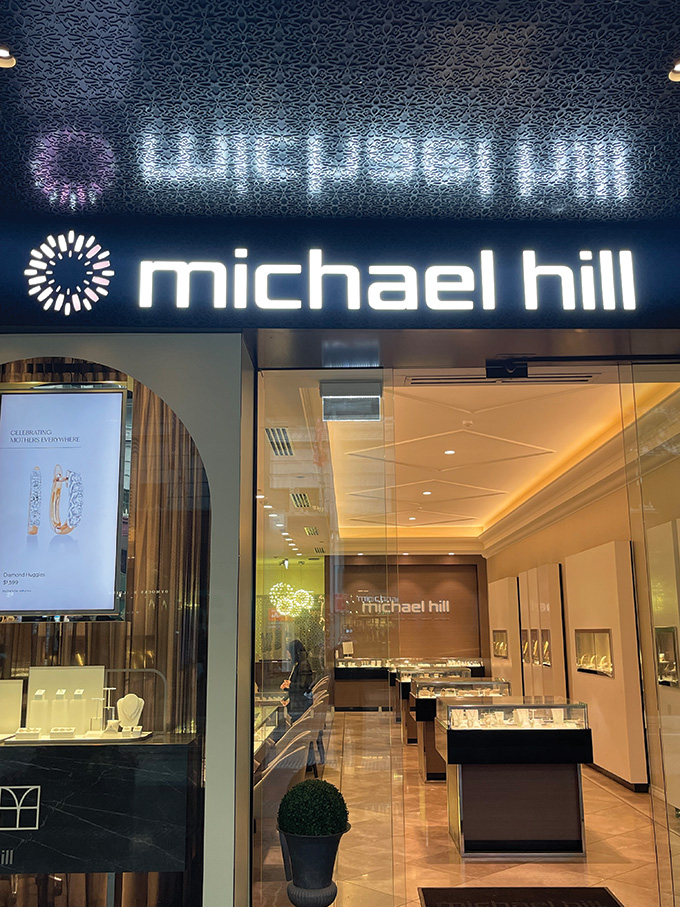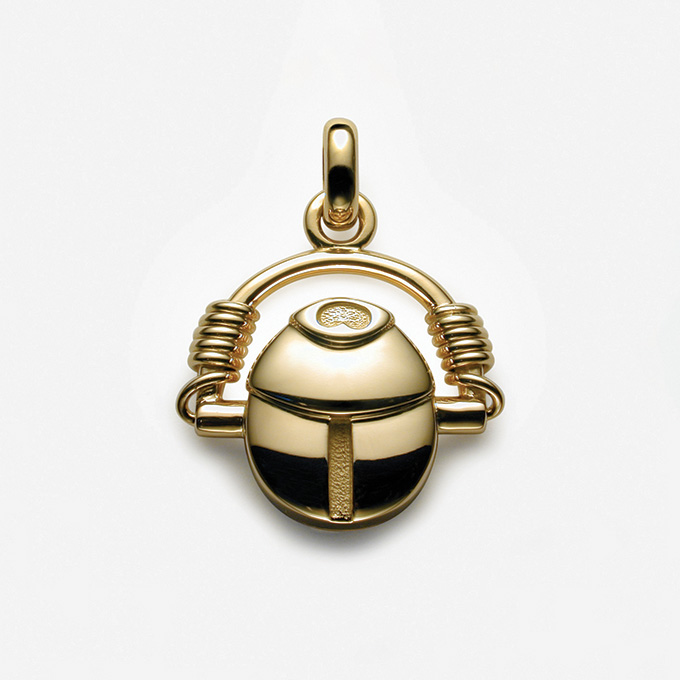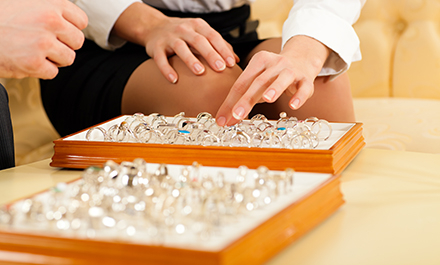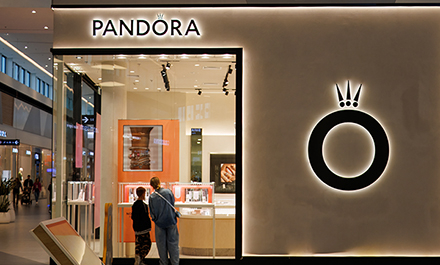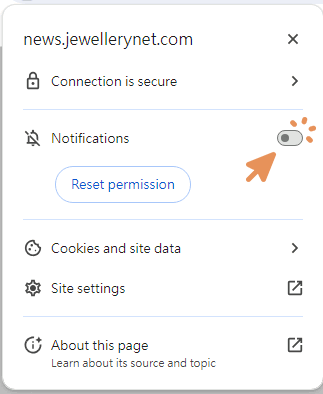Buying groups are a vital contributor to the dynamism in the Australian jewellery retail space, which is seeing independents, chains and brands adapting to consumer demand for higher-value items.
This article first appeared in the JNA January/February 2025 issue.
Australia hosts a vibrant retail jewellery scene, with sales trending up and consumers moving to higher-value, branded items and custom-made jewellery.
Market vitality may seem quite unexpected given the continent’s relatively small population of 26.84 million concentrated in three major cities and states – Sydney, Melbourne and Brisbane and the population centres of New South Wales, Victoria and Queensland. But these main jewellery hubs draw success from a good mix of independent jewellers, chain stores and an increasing range of international jewellery brands that have discovered the potential of the market and are opening more stores.
The Australian jewellery scene is dominated by independent retailers, mainly small, family-owned manufacturing businesses usually run by husband-and-wife teams. Over 2,000 independent stores operate across the continent, and nearly half of them are fine jewellery specialists, industry experts revealed.
Buying landscape
A vital link in the competitiveness and dynamism of these independent retailers is the phenomenon of buying groups. These work on behalf of the independents, sourcing products and raw material at competitive prices while offering services such as marketing, sales training, business and human resource management, and point-of-sale visual merchandising input. Nearly 30 per cent of Australia’s independent jewellers are members of a buying group.
The three main buying groups are Nationwide Jewellers (NJ), Showcase Jewellers and the more recent entrant, Independent Jewellers Collective established in 2020. A fourth, smaller player is Leading Edge Group, which offers other products in addition to jewellery.
The largest and oldest buying group is NJ with 369 members. General Manager Glen Pocklington agreed that buying groups play a pivotal role in the success of independents although the nature of the support they offer has changed over the past decade. “Where our main function used to be securing the largest trade discounts for members, the emphasis is now on supporting members in the management and marketing of their businesses,” Pocklington disclosed.
Independents are mainly owned and operated by individuals or families whose expertise is jewellery. “Our expert teams support them in other areas of their business, particularly in marketing, human resource and business management. For example, our exclusive Retail Management Business Course for jewellers has been completed by over 200 individual members within NJ group,” Pocklington said.
The second largest group with 150 members is Showcase Jewellers. Nicola Adams, its chief operations officer, reiterated the importance of buying groups within the current jewellery retail scene. “Buying groups are becoming more and more important as the industry grows and it becomes harder to navigate time pressures across all elements of the business including digital, stock and service,” she explained.
The group provides expert services including support in marketing, merchandise, finance, administration and training, tailored to the requirements of independent jewellers, Adams said.
Market shifts
The most significant trend in the Australian jewellery market in recent years is the growth in consumer demand for higher value with a preference for custom-designed items, from bespoke creations to limited-edition and one-of-a-kind pieces.
Pocklington confirmed that the average sale is trending up but the quantity of sales has decreased. “These changes are reflective of customers seeking more bespoke jewellery and fewer straight-retail purchases,” he noted.
For engagement and bridal jewellery creations, the sweet spot for NJ members is now in the AUD2,000 (around US$1,300) to AUD5,000 (around US$3,260) range, he disclosed.
Another change is that demand for diamond jewellery, a strong performer in the two years after the Covid-19 pandemic, has decreased in the financial year ending June 2024, and there is a market shift to lab-grown diamond purchases, Pocklington continued.
For Showcase members too, the value of the average sale has risen, except in the category of lab-grown diamonds. Adams remarked, “Members are experiencing the challenge of keeping the average sales price high due to the lower prices of lab-grown diamond jewellery, which is certainly a big element of the business that continues to expand for our members.”
According to Adams, the market for Showcase members is currently yellow gold, with most of the general jewellery selling in 9-karat while the engagement market is 18-karat.
Much of the jewellery sold by Showcase members is imported, while local manufacturers are important sources for gold chains and bracelets as well as custom-made jewellery, she added.
Personal touch
Consumers’ penchant for custom-designed and handmade jewels is visible in the main jewellery buildings in Sydney and Melbourne. The Strand Arcade in Sydney is a popular destination and customers are willing to pay top dollar for their purchases.
The jewellery market is dominated by Australia’s upwardly mobile: The 30- and 40-somethings who are well educated and with high disposable incomes. They are well travelled, well informed and want something that others cannot have.
Designer and jewellery maker Robert Clerc who works at his bench in his eponymous atelier said demand is good for special creations with fine sapphires, or rubies or fine Australian opal. These sell for over AUD10,000 (around US$6,520).
Design collectives are on the rise too. An example is Rox Gems and Jewellery, a collective of four designers with creations centred around fine, unusual gemstones sourced by Rox initiator and gemstone specialist Bruce Kaldor. Prices of jewels start at around AUD5,000 (around US$3,260). “Customers usually fall in love with the gemstone and then go on the journey to a final piece,” a Rox designer said.
Chain reaction
The move to higher value is happening across the retail landscape. Michael Hill, one of the largest and most successful chains in Australia, has shifted to higher-priced inventory to elevate the brand and keep pace with consumer demand, a sales manager at the flagship store in Sydney confirmed. Group sales are doing well. MH International recorded a 10 per cent increase in revenue in Australia at the end of financial year June 2024. In addition to over 170 Michael Hill stores, the company owns the Bevilles chain, which was added to its portfolio in 2023. The expanded Bevilles network now has 36 stores.
Established in 1979 as an independent in New Zealand by Michael and Christine Hill, with a dream to make fine jewellery accessible to all, Michael Hill expanded to Australia in the 1980s and set up headquarters there. It now has over 200 stores in Australia, New Zealand and Canada.
International jewellery brands are expanding their presence as well, with monobrand boutiques mushrooming in the country. German fine gold jewellery brand Niessing opened stores in Australia in 2018 and is enjoying good sales. “There is a great love for designer jewellery in this market, and our Spannring with patented tension setting, for example, is popular,” a Niessing sales manager revealed.
Meanwhile, Pandora currently has 129 stores in Australia and continues to expand its product range by including collections with lab-grown diamonds.
Bright forecast
Overall outlook is optimistic with the middle ground of the fine jewellery market expected to grow. Opportunities for custom-made and personalised jewellery will increase with more openings for designers, manufacturers and digital experts. “Independent jewellers will continue to be successful, particularly because custom-designed and manufactured jewellery has become such a large and growing part of the market,” Pocklington projected.
Adams agreed, saying “Our members will continue to succeed in the coming years as consumers look for a more personal and unique experience that independents can offer – this is their strength.”
According to Pocklington, while more branded fashion jewellery and watches will be purchased online – usually priced at less than AUD500 (around US$326) for NJ members, brick-and-mortar jewellery stores will remain important for the majority of sales and repairs.
“The future is particularly bright for business owners who put time into marketing and online strategies to complement in-store custom and repair services,” Pocklington added.
Buying groups’ wish list
Competitive pricing is a key factor for buying groups when selecting suppliers.
“We are always comparing the pricing and quality of our existing suppliers with prospective ones,” said Glen Pocklington, general manager of Nationwide Jewellers (NJ). “Additionally, we look for vendors that can fill a gap in our existing supplier network especially if their core product range fits a niche in the market that we do not have covered.”
A crucial factor though is whether a supplier can provide support and ongoing service. “We need to know that our members will be able to access fast support for repairs and warranties, so that their customers are not left waiting,”
he added.
NJ uses a mix of domestic and international suppliers including manufacturers and importers. “A preference is given to Australia-based suppliers in an effort to maintain a strong and lively domestic jewellery industry,” Pocklington revealed.
The group’s members are supported by a team of Preferred Suppliers who, collectively, are able to supply all that is required by an independent retail jeweller, from diamond rings, displays and loose gems to workshop tools, consumables and industry services.
For Showcase Jewellers, key criteria when choosing suppliers are price, service and also something different that members may not see in Australia, according to COO Nicola Adams.
